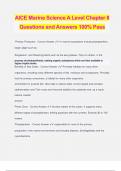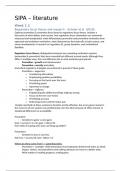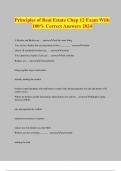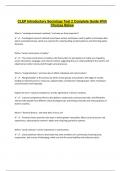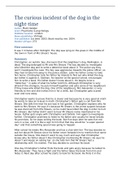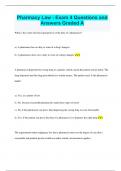Exam (elaborations)
Solutions for Macroeconomics, 11th Edition Abel (All Chapters included)
- Course
- Institution
Complete Solutions Manual for Macroeconomics, 11th Edition by Andrew B. Abel, Ben Bernanke, Dean Croushore ; ISBN13: 9780137876082...(Full Chapters included Chapter 1 to 15)...1.Introduction to Macroeconomics 2.The Measurement and Structure of the National Economy 3.Productivity, Output, and Empl...
[Show more]






